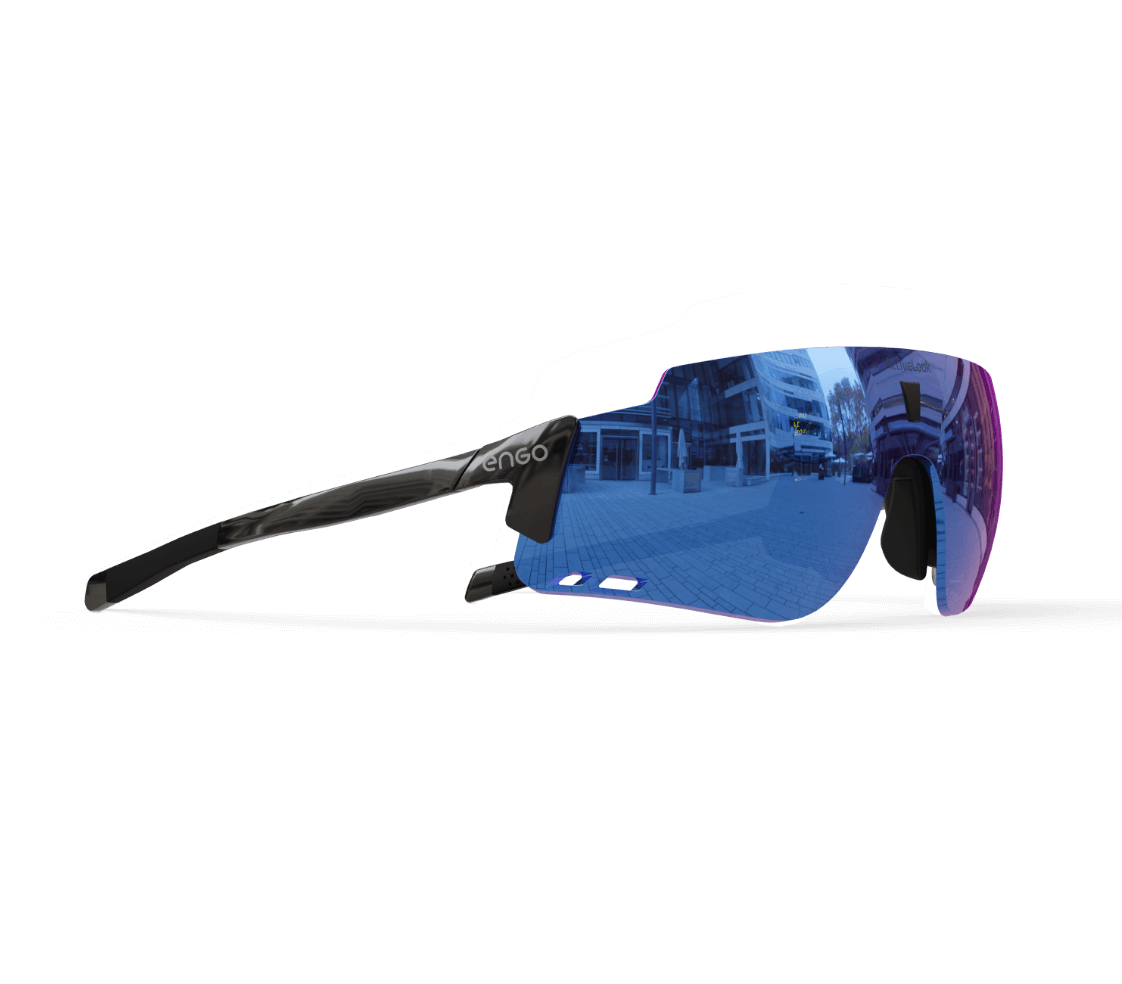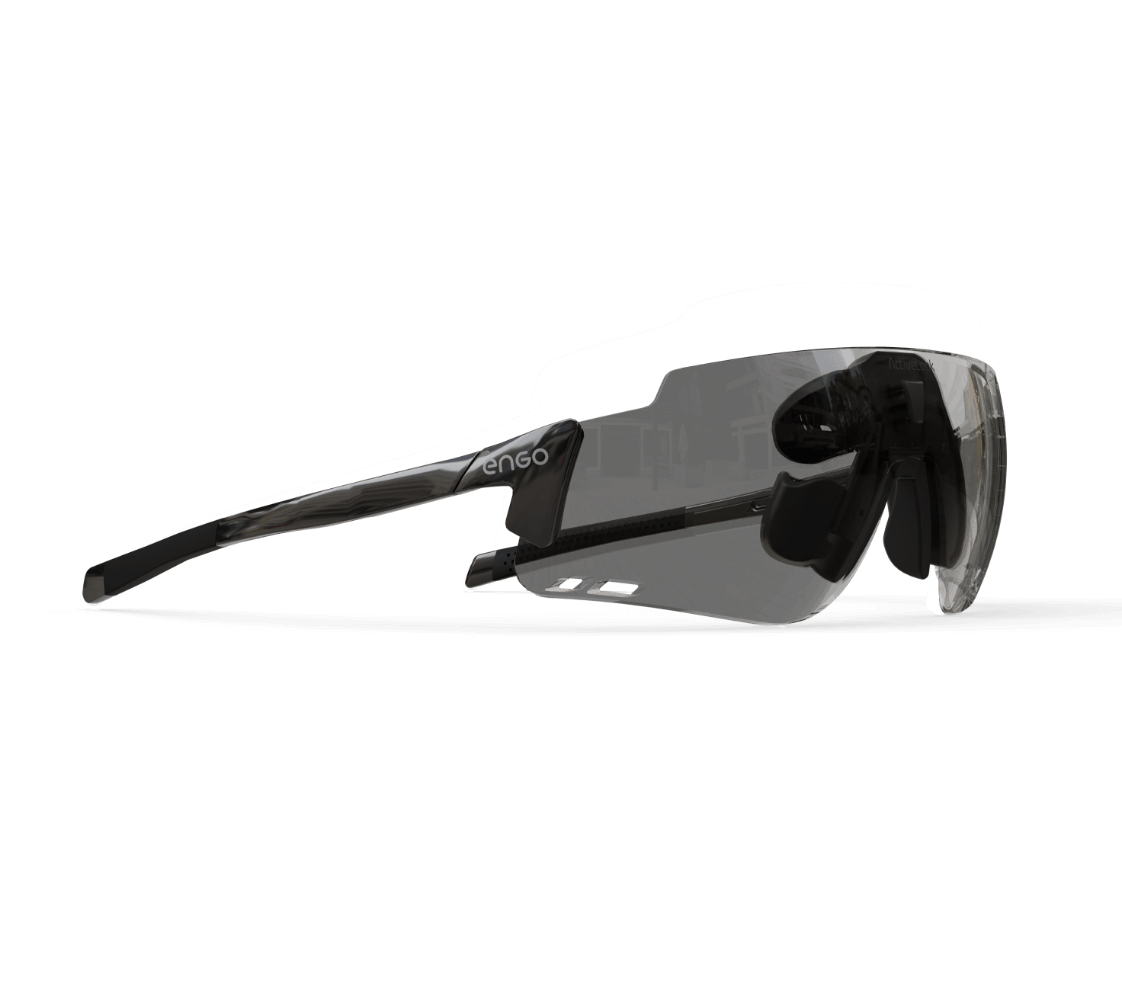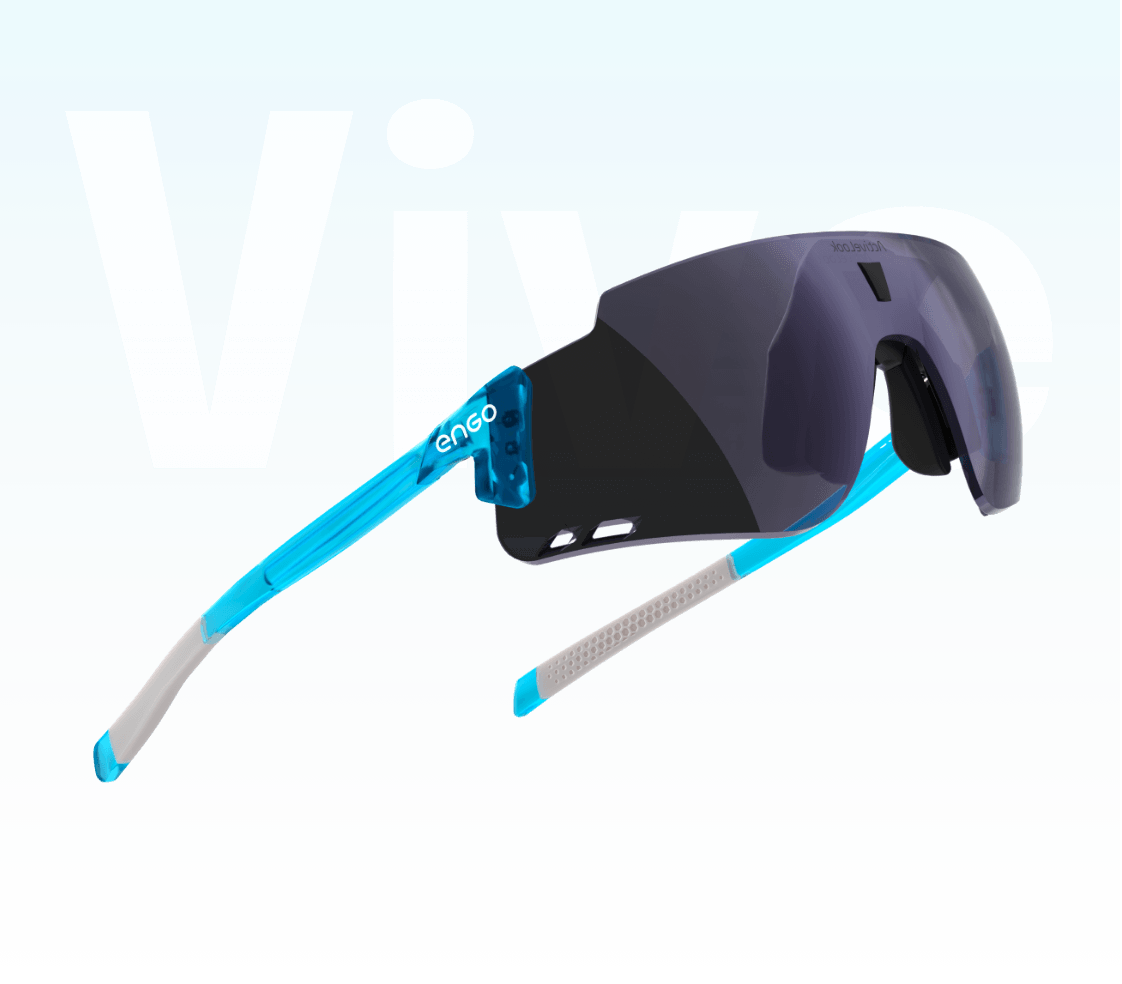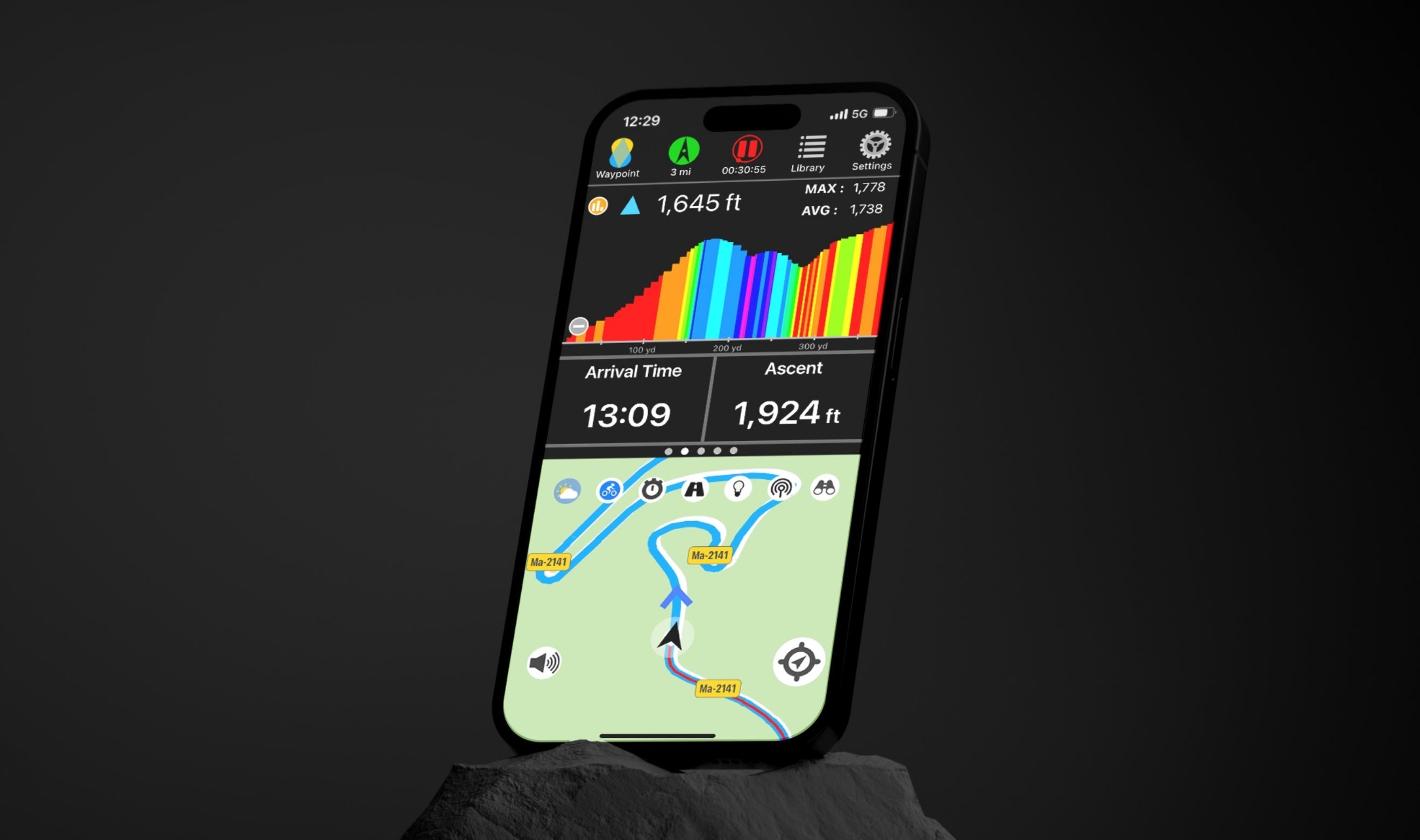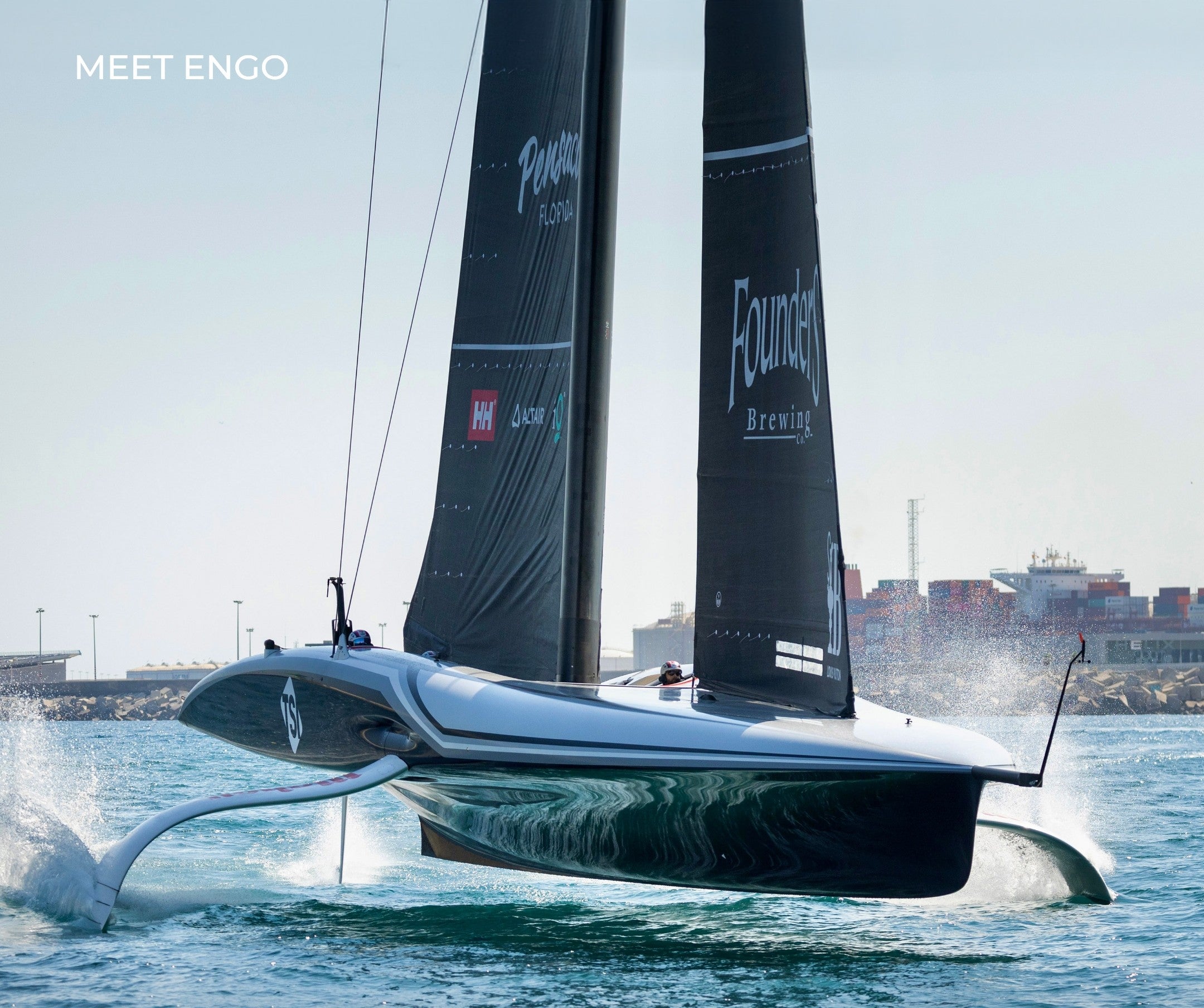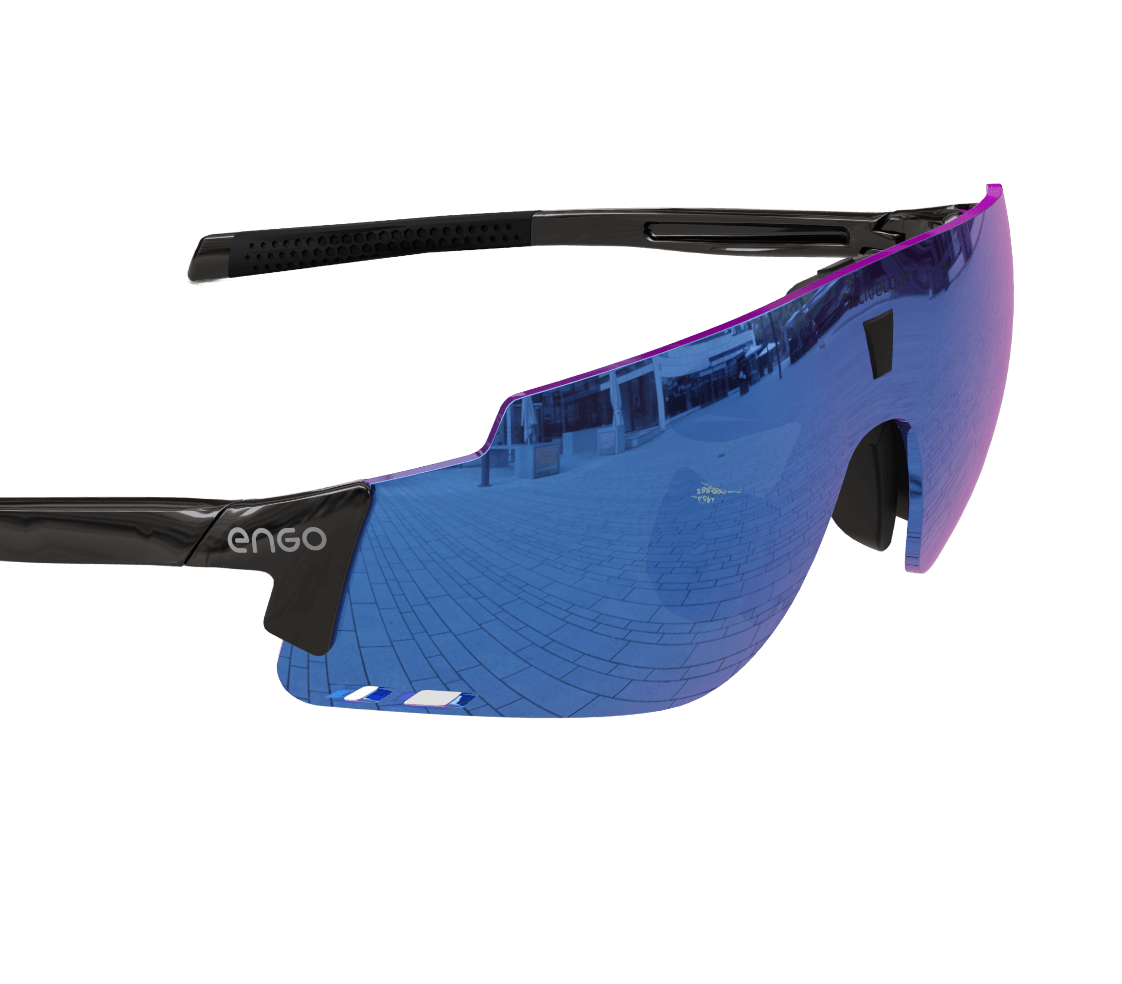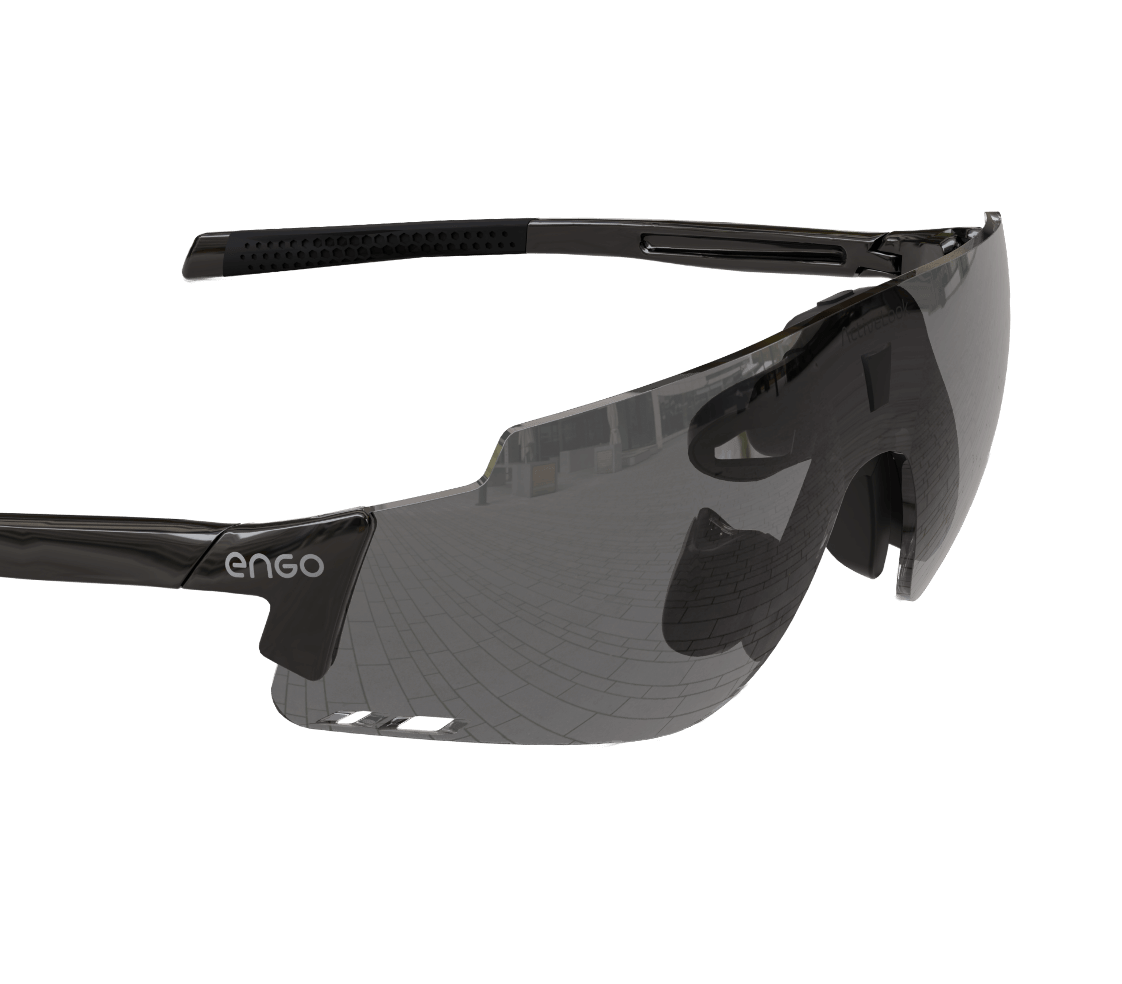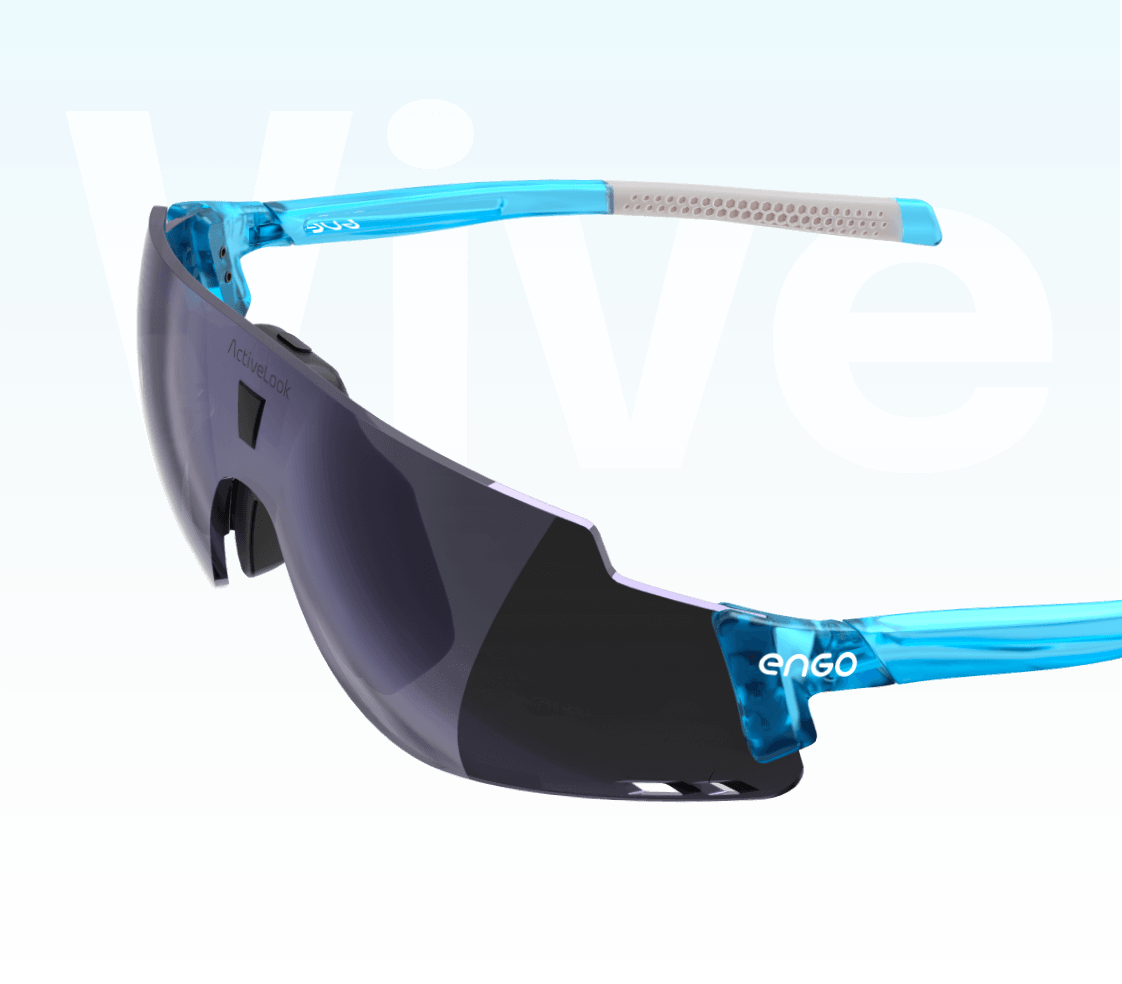The ENGO community is booming, and Geo's story is a perfect example of why. As more athletes discover the power of ENGO eyewear, innovative training methods like effort-based training with power sensors are gaining serious traction. Geo's journey from injury recovery to a personal best marathon time showcases the transformative power of this approach, all while highlighting the unique capabilities of ENGO.

"Last year, I was coming off an injury and facing a marathon challenge. Three marathons in quick succession left my body battered, and recovery was paramount. So, in January, I started training with a new approach: effort-based training powered by ENGO eyewear.
This time, I ditched the pace and heart rate targets. Recovering from injury, I didn't want to risk overtraining. Instead, I focused on building strength, mobility, and pure effort tolerance.
My plan? Six runs a week, two strength sessions, and dedicated mobility work. But the key was training by perceived effort, with 80% of my runs focused on easy, power-based efforts. The remaining 2 days were reserved for tougher sessions: tempo runs and threshold efforts. As race day neared, I incorporated marathon-paced efforts into my long runs.

ENGO eyewear became my secret weapon. With Stryd power data displayed in my field of view, I could see my effort in real-time. This helped me stay disciplined, keeping my power output in the target zone even on tough days. Gone were the days of guessing or pushing too hard on hillier terrain. ENGO's data visualization helped me optimize my training and track my progress.
Building confidence with effort-based training: Every four and eight weeks, I threw in some max-effort tests. This data allowed me to predict my marathon power target – a crucial piece for my race strategy.

Race Day: Negative splits had always eluded me. But this time, with my power-based training and ENGO's guidance, I felt confident. My strategy? Start at my base marathon effort (260) and gradually increase it throughout the race.
The first 5 kilometers felt smooth. I kept my power perfectly in range, finishing the first half marathon at a strong 262.With ENGO, I could easily monitor my average power value in 5-kilometer blocks. Seeing myself stay within the target range fueled my confidence.
Halfway through, with a sub-three-hour finish a possibility, I upped the effort slightly. By the 30th kilometer, my average power was 264. Even at kilometer 40, with fatigue setting in, I maintained a respectable 263.

Crossing the finish line, I expected a three-hour finish. But the clock had a surprise – exactly three hours! My goal wasn't a specific time, but to maximize my current fitness. ENGO's data visualization was key. I could see my effort in real-time, adapt to race conditions, and push myself to the limit."
Credit @GeoJolly


